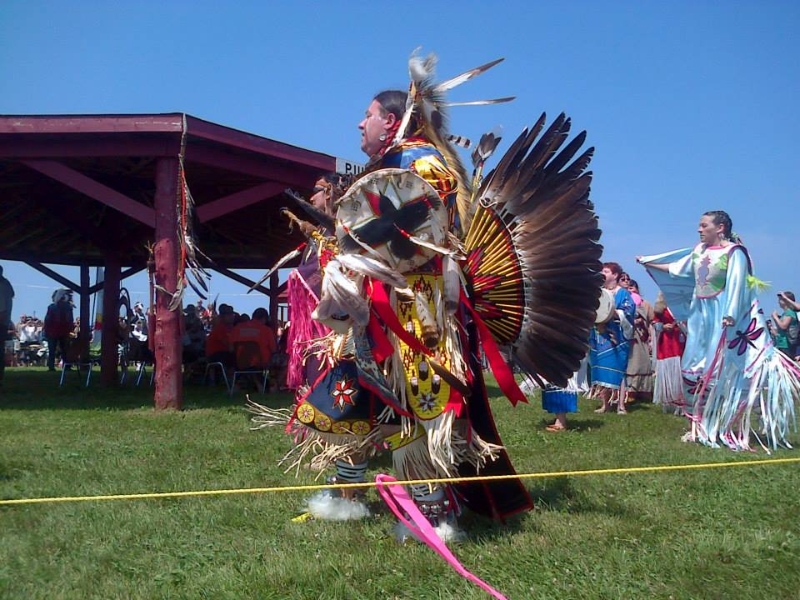
Mi'Kmaq First Nations Assembly of Newfoundland Pow Wow 2013
March 1, 2018. Qalipu Mi'kmaq First Nation, which includes Mi'kmaq from all across Newfoundland, stands to become the largest First Nation band in Canada with more than 104,000 applicants for membership since 2008. That is, if the band and the federal government can figure out who belongs. Qalipu, which means "caribou" in Mi'kmaq, is.
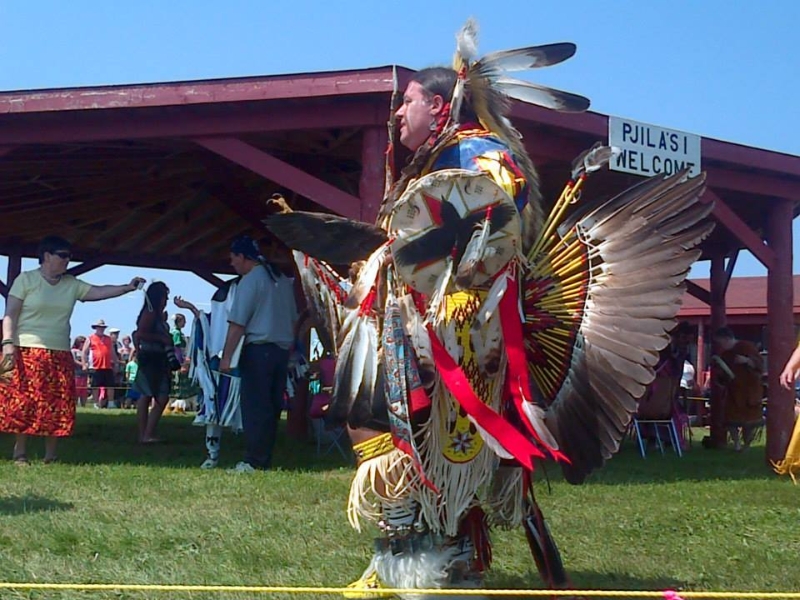
Mi'Kmaq First Nations Assembly of Newfoundland Pow Wow 2013
N.L. elementary school textbooks from the 1950s and 1960s included the so-called "mercenary myth" as fact, and Ivan J. White, a Mi'kmaw man from Flat Bay, recalls learning the colonized version of.
Portrait of three Mi’kmaq Women, Newfoundland, 1857 r/OldSchoolCool
Historically, the Mi'kmaq were probably the people that Italian explorer John Cabot first encountered in 1497. Although early European chroniclers described them as fierce and warlike, they were among the first indigenous peoples to accept Jesuit teachings and to intermarry with the settlers of New France. In the 17th and 18th centuries the.

Mi’kmaq culture celebrated at west coast powwow Newfoundland
During the colonial period, the Mi'kmaq were allied with the French. As a result, when the French were defeated by the British in 1763, the Mi'kmaq in Newfoundland were regarded with suspicion by British authorities. By this time, the Newfoundland Mi'kmaq had developed a distinctive way of life hunting caribou, trapping furs, and exchanging.

Mi'kmaq Discovery Centre Conne River Bob's Newfoundland
The Mi'kmaw Cultural Foundation exists to preserve and promote the culture and heritage of the Mi'kmaq of Newfoundland and Labrador. We strive to inspire our people to proudly embrace their heritage and empower them to continue the traditions of our Ancestors. Like other First Nations, the Mi'kmaq have a long and rich history that includes.
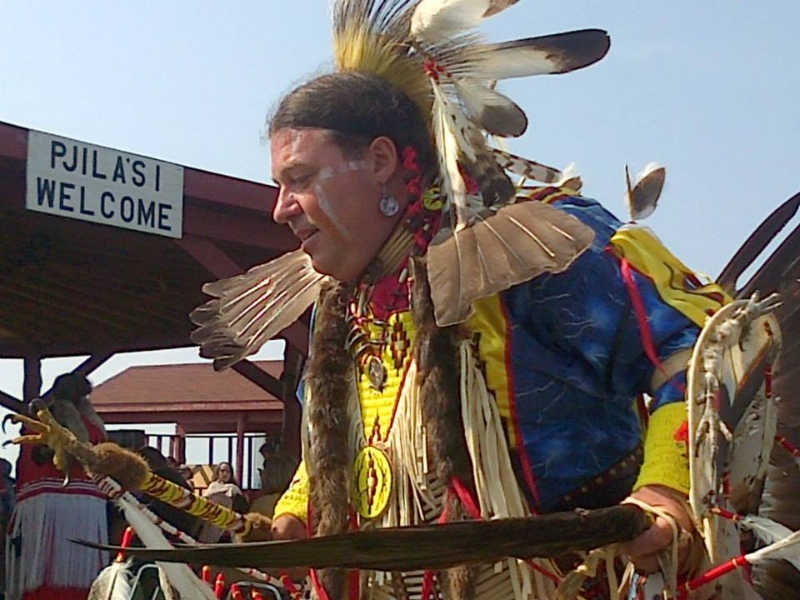
Mi'Kmaq First Nations Assembly of Newfoundland Pow Wow 2013
The province of Newfoundland and Labrador today is home to four peoples of Indigenous ancestry: the Inuit, the Innu, the Mi'kmaq and the Southern Inuit of NunatuKavut (formerly the Labrador Inuit-Metis). The Inuit are the descendants of the Thule people who migrated to Labrador from the Canadian arctic 700 to 800 years ago.

Mi'Kmaq INSIDE NEWFOUNDLAND AND LABRADOR ARCHAEOLOGY dreads n
Located in the former provincial courthouse, the museum takes you on a cultural journey highlighting the arrival of the Mi'kmaq people to K'Taqmkuk (Newfoundland). Language boards in English, French and Mi'kmag proudly tell the story of our ancestors. Sit around our birch bark wigwam and read about Mi'kmaq explorer Mattie Mitchell, or learn a word or two of Mi'kmaq.
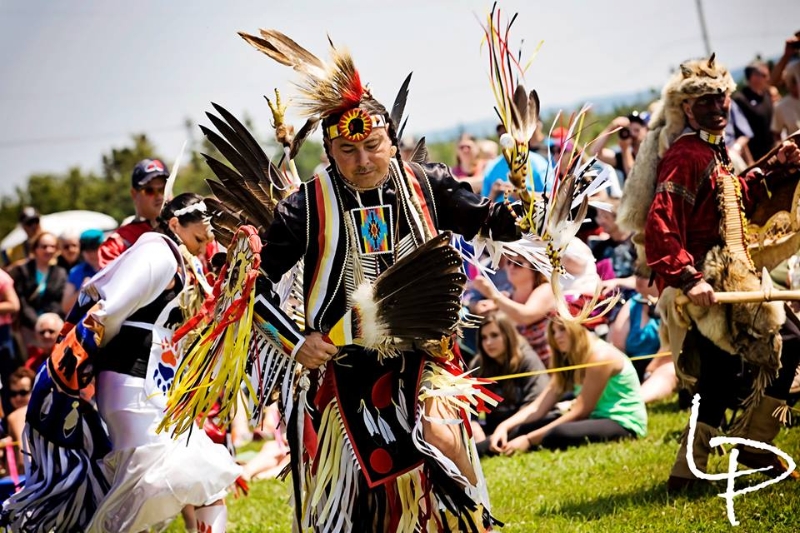
Mi'Kmaq First Nations Assembly of Newfoundland Pow Wow 2013
The Qalipu First Nation (Pronounced: ha-lee-boo, meaning: Caribou), is a Mi'kmaq band government, created by order-in-council in 2011 pursuant to the Agreement for the Recognition of the Qalipu Mi'kmaq Band.After the band was approved as a First Nation, 100,000 people applied for membership and a total of 23,000 were approved. This band is a landless band based on the island of Newfoundland.
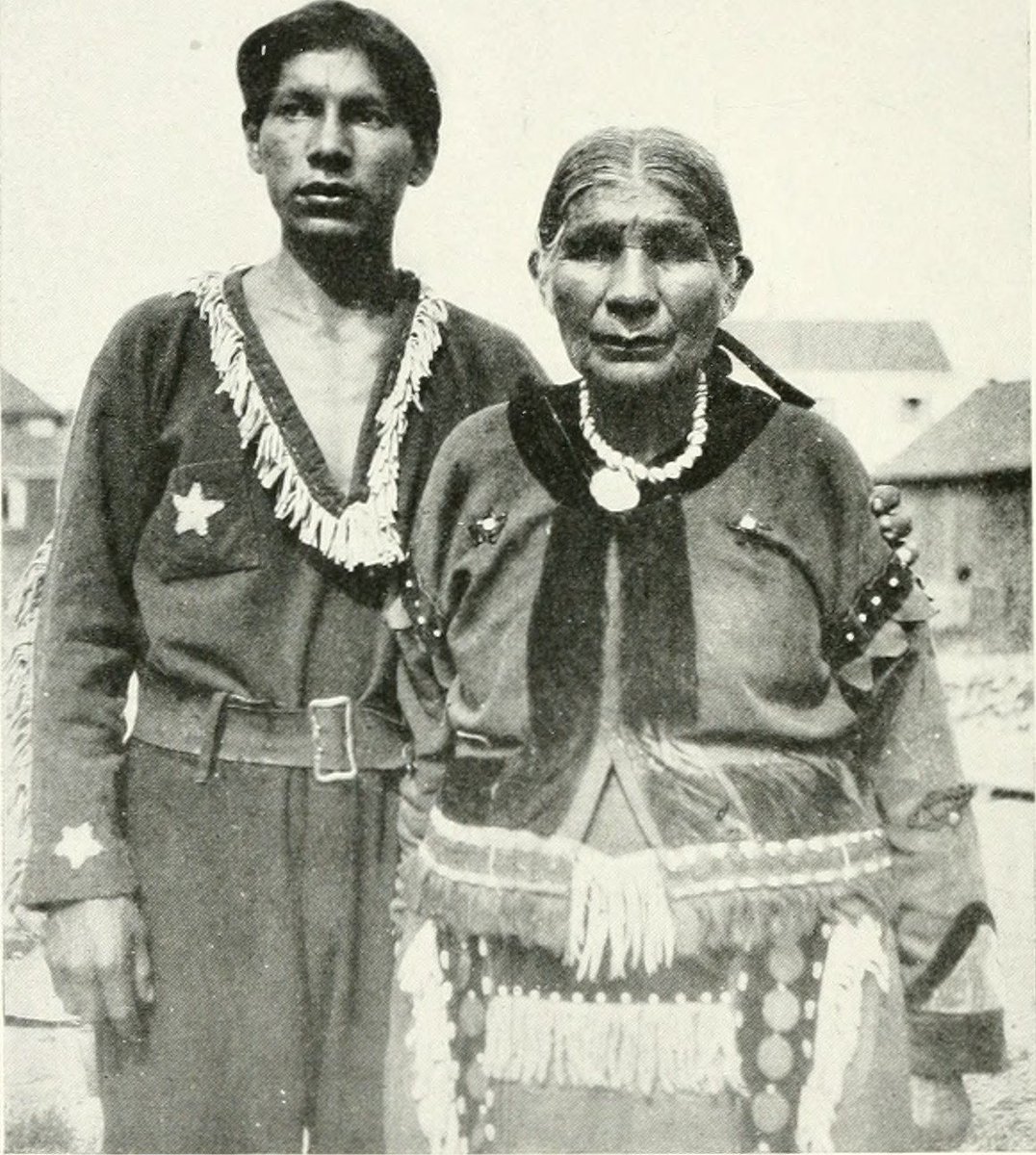
Conne River announces BeothukMi’kmaq DNA research project funded by
The Qalipu First Nation (QFN) is a Mi'kmaq First Nation established in 2011 as an Indian Act QFN has no reserve land; rather, its membership is primarily spread over 67 communities in Western and Central Newfoundland. There are approximately 23,000 members whose applications have been approved by Indigenous Services Canada.
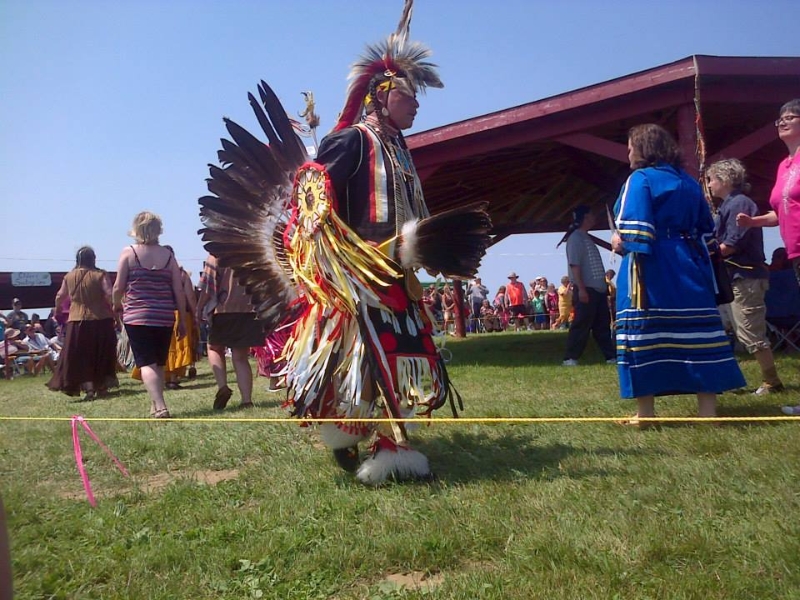
Mi'Kmaq First Nations Assembly of Newfoundland Pow Wow 2013
Ottawa scrambles to renegotiate 2008 deal after 100,000 people register as Mi'kmaq to receive benefits under agreement with Federation of Newfoundland Indian

Flat Bay powow kicks off with traditional Mi'kmaq wedding
Published Online August 13, 2008. Last Edited September 7, 2022. Mi'kmaq (Mi'kmaw, Micmac or L'nu, "the people" in Mi'kmaq) are Indigenous peoples who are among the original inhabitants in the Atlantic Provinces of Canada. Alternative names for the Mi'kmaq appear in some historical sources and include Gaspesians, Souriquois and.
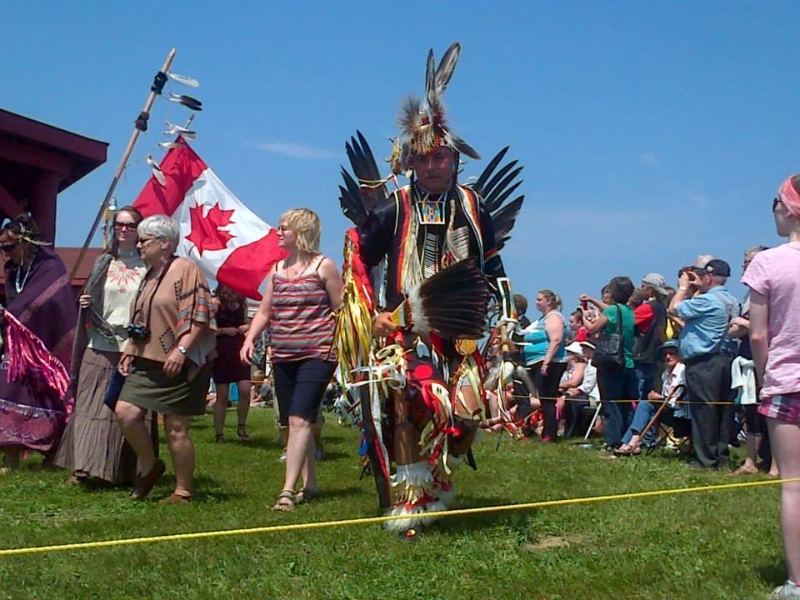
Mi'Kmaq First Nations Assembly of Newfoundland Pow Wow 2013
The author of a new book on Mi'kmaq in Newfoundland says the ambiguity of some Mi'kmaw identity claims in the province are casting doubt on those with legitimate claims.

Mi'Kmaq First Nations Assembly of Newfoundland Pow Wow 2013
There is also a small number of Mi'kmaq in Newfoundland who have only recently been legally registered as Indians. Owing to natural increase, the Mi'kmaq population has been growing rapidly; by 1985, the Nova Scotia figure alone had reached 6,781. Recent estimates indicate some 14,000 Mi'kmaq descendants in the early twenty-first century.
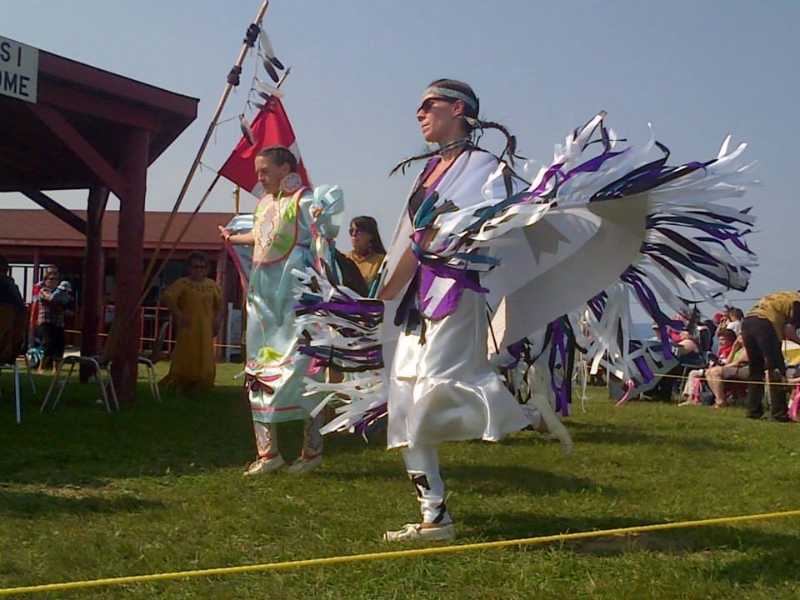
Mi'Kmaq First Nations Assembly of Newfoundland Pow Wow 2013
A 19th Century Mi'kmaq Tragedy in Newfoundland. In the early days of European settlement in remote places in Newfoundland like Bay D'Espoir, there wasn't much in way of law enforcement to protect the livyers, including the Mi'kmaq people. Despite being a peaceful race, the influx of European influence upon the people often lead to.
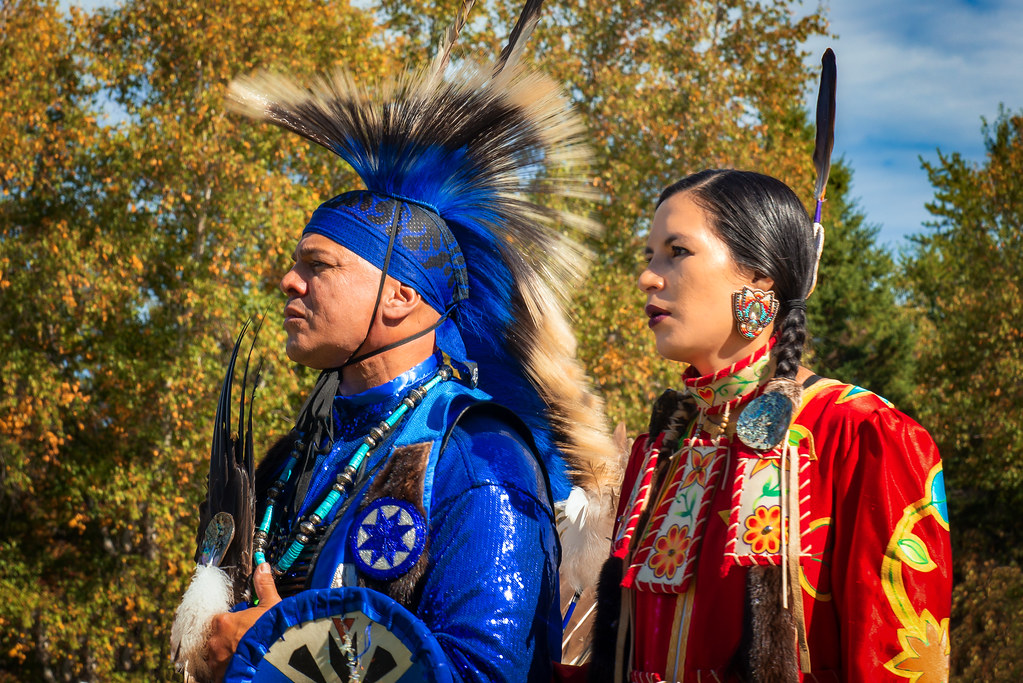
Mi'kmaq Nation People The Mi'kmaq are a First Nations peop… Flickr
The Mi'kmaq (also Mi'gmaq, Lnu, Miꞌkmaw or Miꞌgmaw; English: / ˈmɪɡmɑː / MIG-mah; Miꞌkmaq: [miːɡmaɣ]) [3] [4] [5] are a First Nations people of the Northeastern Woodlands, indigenous to the areas of Canada 's Atlantic Provinces, primarily Nova Scotia, New Brunswick, and Newfoundland, [6] and the Gaspé Peninsula of Quebec as well.
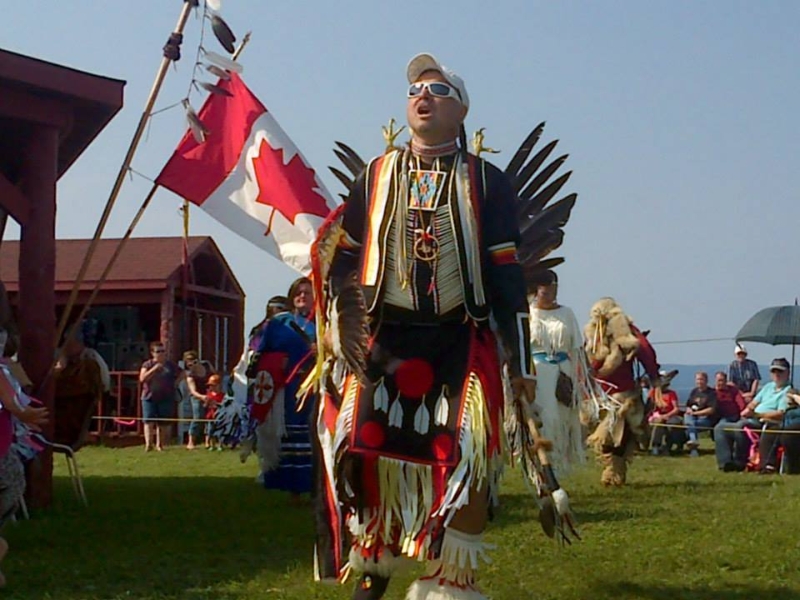
Mi'Kmaq First Nations Assembly of Newfoundland Pow Wow 2013
The MFNAN is of the opinion that the Qalipu Mi'kmaq First Nations Band application process is discriminatory. Individuals applying for recognition and status have been treated differently than any other band in Canada. Provisions in both the Agreement in Principle and the imposition of a point system in the Supplemental Agreement to assess.